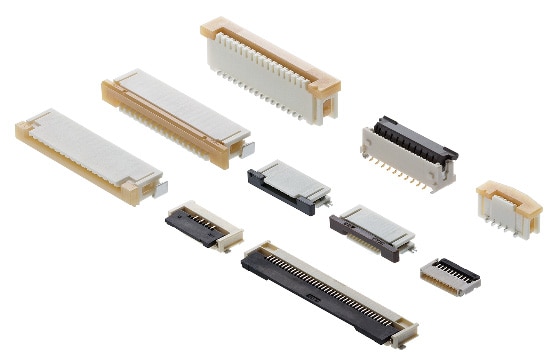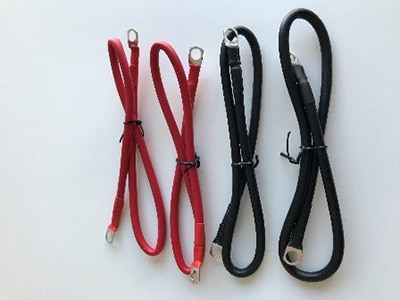Five Reasons for Premature Failure of High-Flex Cable
In contrast with traditional cable, high-flex cable can tolerate large degrees of flexing in industrial automation applications. However, when high-flex cables are used in the wrong application or not installed correctly, they will wear out faster than if used as intended. Unplanned interruptions due to cable-related problems and the need to replace cables frequently are more expensive than doing things right the first time.
 Robotic arms use high-flex cables to enhance their reliability and extend their operating lifetimes. (Image source: Alpha Wire)
Robotic arms use high-flex cables to enhance their reliability and extend their operating lifetimes. (Image source: Alpha Wire)
Based on our considerable experience, we have developed a list of reasons why high-flex cable fails and recommendations to prevent these scenarios.
The Quiet Zone is too Short
The quiet zone is the cable length supported in the cable track. It’s used to prevent the cable from experiencing turns and bends that can be damaging. A quiet zone that’s too short leads to corkscrewing due to cables compensating for overload. In high-flex cable, conductor shifting or migration causes the cable to twist, which leads to other elements being displaced, becoming worse the more the cable flexes.
Make a quiet zone that’s the ideal length for your cable. Generally, heavier cables that contain more conductors require longer quiet zones than lighter ones with fewer conductors.
Improper Handling
“Flex” and “Flexible” cable are two terms that have no standard definitions. As a result, many people believe that such cables can withstand rigorous conditions even though they can be damaged by excessive dragging, twisting, or carelessness during installation.
During installation, handle high-flex cables carefully. Follow the manufacturer’s installation recommendations that your shipment will contain. Do not pull or drag cables, because this can result in unnecessary twisting.
Too Many Cables in a Track
Cable tracks are designed to prevent cables from becoming damaged. A crowded track, however, can break, leading to heat buildup and component failure. “Overcrowded” tracks can also hinder cables from moving freely, which results in unwanted bending or twisting.
To avoid this, decrease the number of high-flex cables you put in a track. Cables should lay flat in the track and never on top of each other. Track manufacturers provide guidance on how to avoid overcrowding.
Excessive Abrasion While Moving
Although high-flex cables are designed to move, they aren’t meant to withstand continual abrasion or friction. The jackets and insulation of cables that don’t have flex ratings can quickly degrade.
Without exception, use high-flex cable with an outer jacket that’s abrasion-resistant. Materials and compounds used in the outer jacket coatings of these cables are durable and flexible to prevent cracking, swelling, tearing, and general wear.
Improper Cable Selection
Selecting a flexible cable may appear to be a safeguard against failure, but not all high-flex cables are created equally. Depending on design and construction, they can be manufactured to move in many ways.
Make sure you have a complete understanding of your application’s requirements before selecting cable. Will it need to be bent around an object? Move back-and-forth? Material choices also affect cable performance, so make sure your material selections offer the necessary flexibility and lifespan.
To learn how Alpha Wire’s extensive range of high-flex cable can meet your project’s demands, tell us about your application or view our extensive list of inventory with DigiKey.

Have questions or comments? Continue the conversation on TechForum, DigiKey's online community and technical resource.
Visit TechForum











